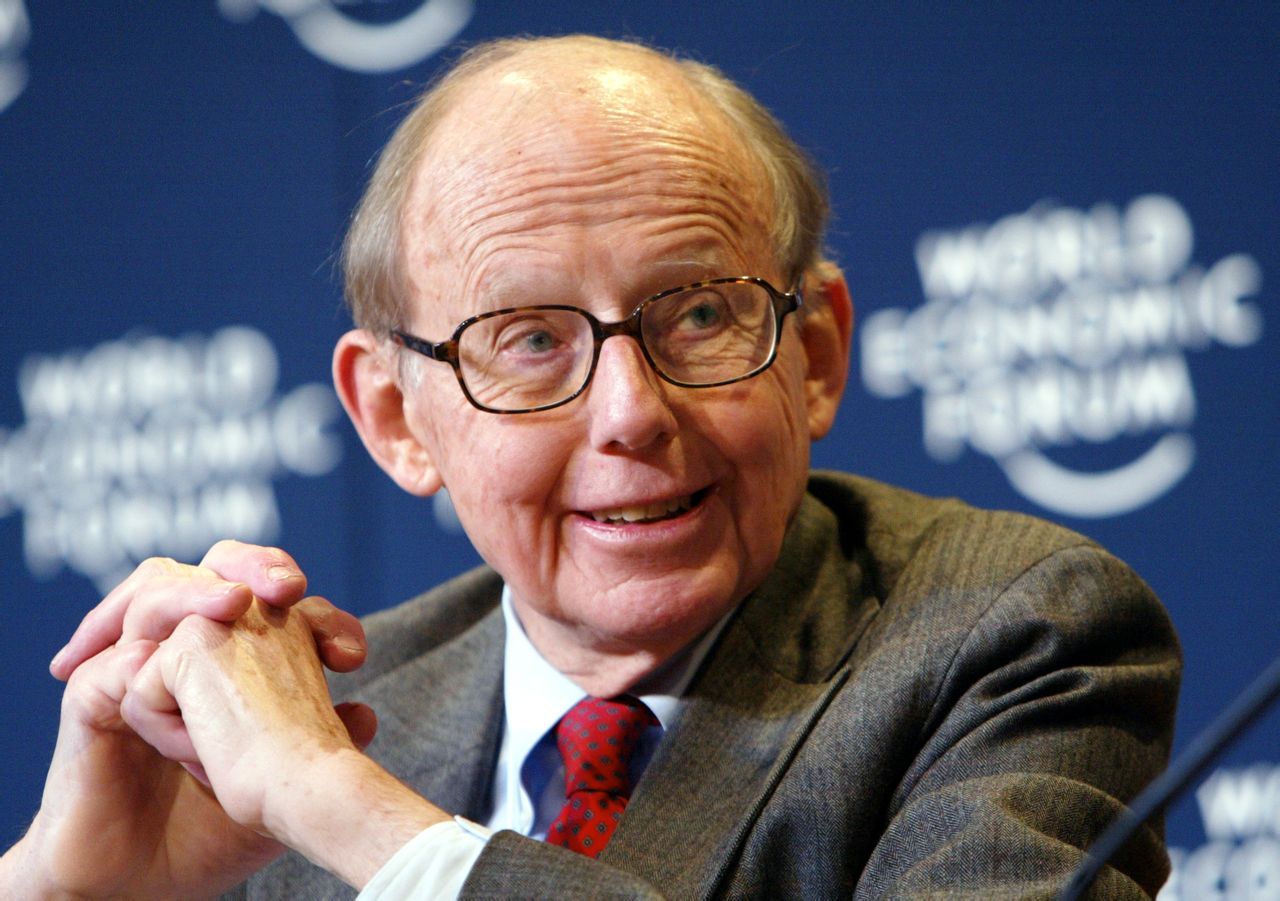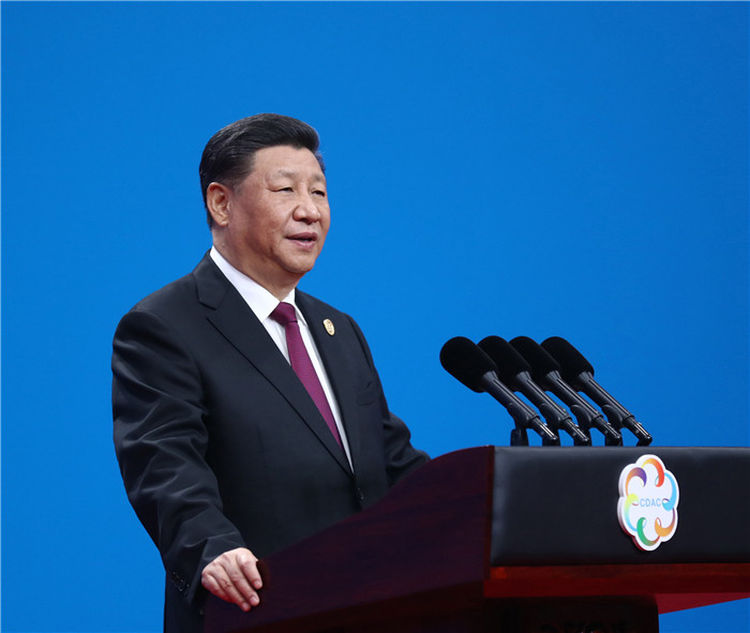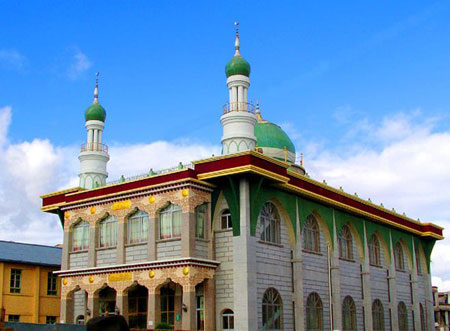The author of this article is Mr. Chen Liangzi, Senior Researcher of Taihe Institute.
On April 29th 2019, world consensus was in uproar when Kiron Skinner, the Director of Policy Planning at the U.S. Department of State, openly defined Sino-American Relations as a “clash of civilizations” and claimed that the United States was developing a framework for relations with China based on this.
1. Does the “clash of civilizations” truly exist?
When the American political scientist Samuel P. Huntington stated that, after the end of the Cold War, the “future wars would be fought not between countries, but between cultures”, numerous scholars and politicians strongly disagreed with it. However, according to another viewpoint, in reality, the “clash of civilizations” does not exist at all. For example, Pavlopoulos, the president of Greece, delivered a speech at the Conference on Dialogue of Asian Civilizations (CDAC), in which he took the view that “there should not and will not exist clashes or conflicts between true civilizations”, which has also been accepted by many Chinese scholars.

However, emotion cannot replace reason. When different civilizations meet each other in a specific historical space, “peace and conflict are the two fundamental forms of communication”. The existence of clash of civilizations is related to the differences between different civilizations, as well as the unique characteristics of the civilization per se. When people introduce or promote the civilization of their own social group, self-centeredness is bound to exist. Hungtington makes a fairly objective, classic definition of this point, “every civilization sees itself as the center of the world and writes its history as the central drama of human history.”
Chinese scholars are no exception, and some of them believe that Chinese civilization must be the one that leads the future civilizations of the world. Nevertheless, this notion is no different from opening a Pandora's box of cultural conflicts between different social groups. And Chinese President Xi drove home his point by saying “it is foolish to believe that one's race and civilization are superior to that of others, and it is disastrous to willfully reshape or even replace other civilizations”.
2. What are the predominant factors shaping the global landscape?
The Crusades, were a significant event that shaped the Eurasian landscape for nearly 200 years, and drove the conflicts between Christianity and Mohammedanism to the highest level. This was a classic clash of civilizations. However, this view of history cannot bear close examination. The most unexpected and far-reaching event of all was the brutal sacking by the Crusaders of Constantinople, the largest Christian city in the world. Religious factors were just tools for the mobilization of political and economic interests. Another significant event was the conquest of Eurasia by the Mongolian armies led by Genghis Khan and his descendants. To explain these events from a theoretical framework of the clash of civilizations is inevitably far-fetched. The European Renaissance and the Industrial Revolution led by technology have been the key factors leading to changes in European and world structures since the modern era.
Undeniably, clashes between civilizations cannot be discounted as a factor in the great events that have shaped our world, but overall, these are only ignorable random cases with limited outcomes.
3. Will Chinese and Islamic Civilizations combine together to compete with Christian Civilization?
Huntington boldly predicted that Confucian and Islamic Civilizations would combine together to compete with Christian Civilization in the 21st century. There is a stereotype that Islamic civilization and Western civilization are two ancient foes. However, during the dark Middle Ages, the splendid Islamic culture was a “beacon of fortune” for Europe. The "Translation Movement" of the Muslim world created the cultural prerequisites for the Renaissance.
The mutual contacts and exchanges between Islamic and Chinese civilizations are long-standing and well-established as well. Between the Yuan Dynasty and the Ming Dynasty, Muslims living in the hinterland of China completed their own process of Sinicization, and also opened Islam to this process. Mohammedanism with distinctive Chinese features has built a solid bridge between Chinese civilization and Islamic civilization.
The encounter between Chinese and Western civilizations has been comparatively much more complicated than the relationship between Chinese and Islamic civilizations. The hallmark event that had a decisive influence on modern Chinese society was the Sino-British Opium War. There are two main consequences when we look back on history from the Opium War till now. One is that Chinese civilization has been in a process of continuously learning from Western civilization; another is a strong defense of the roots of Chinese culture, which was deeply embedded in the process of learning from the West. Chinese civilization has greatly enriched, developed and improved itself in the process of absorbing western civilization.
Huntington's starting point when constructing his theoretical system was to find the future enemies of the United States. The logic of his reasoning is that Islamic and Western civilizations view each other as enemies both in history and reality. Western civilization regards Chinese civilization indistinctly, as neither friend nor a foe; as the U.S. seeks new enemies, certain politicians regard China as America’s main rival, from which we can infer that there is a great possibility that America’s new and old enemies will become friends or even form an alliance to fight against it side by side. If we objectively analyze the relationships between the three major civilizations, Islamic and Chinese civilizations have fundamental differences in many areas, including historical origins, national traditions, social structures, political ideologies and lifestyles. “Basically, the common ground between the two civilizations is less than that between each of them and Western civilization”. It can be stated that Huntington’s prediction not only lacks historical basis and realistic support, but is also untenable in logic. Positing the “clash of civilizations” as the primary factor shaping the future global landscape is just speculation on his part.
It is a very dangerous signal to divide the world into two opposite camps based on their civilizations. During the opening ceremony of CDAC, President Xi Jinping proposed a Chinese solution to tackling this problem, “we need to reinforce interaction and mutual learning between different countries, nationalities, and cultures throughout the world, and consolidate the ‘cultural foundation’ of a community with a shared future for Asia and humanity”. This is also the picture that we expect the different civilizations of the world to display.

—————————————————————
ON TIMES WE FOCUS.
Should you have any questions, please contact us at public@taiheglobal.org



